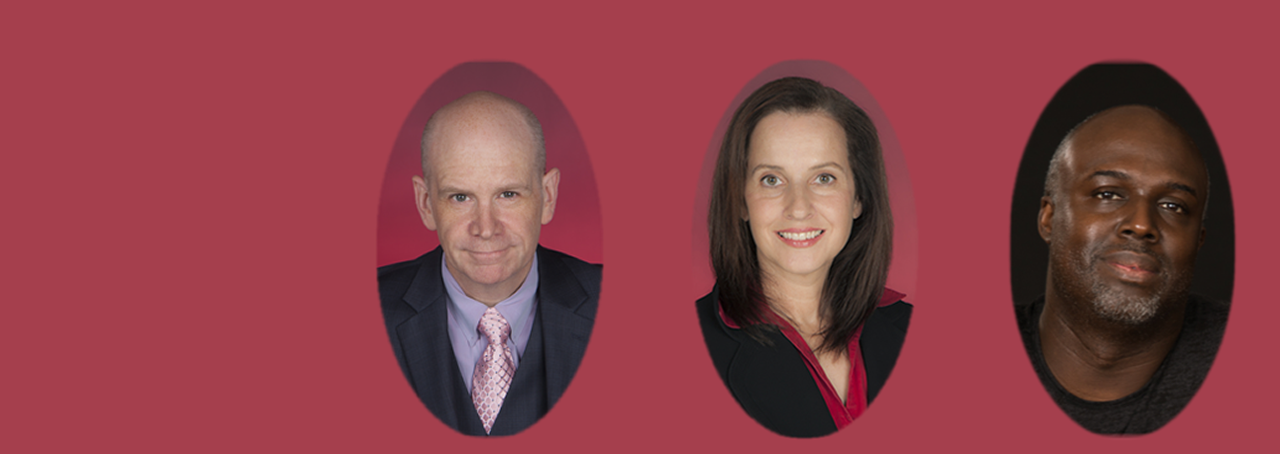SUNY Downstate research aims to reduce medical error in radiology
SUNY Downstate neuroscientists Susana Martinez-Conde and Stephen Macknik are partnering with radiologist Stephen Waite to study how radiologists use their eyes to find information in medical images. Their research, which is funded by a $2.7M grant from the National Institutes of Health (NIH), aims to determine what makes radiology experts so good at their jobs.
Waite, who is an authority on error and healthcare disparities in radiology, noted that error in radiologic interpretation has been a persistent problem since the discipline was first recognized in the 1950s. “Despite the fact that imaging technology has greatly advanced since then, radiologist error rate has not improved,” he said. “This project will advance our understanding of what makes a radiologist ‘expert’ and will have far reaching ramifications on how we optimize training to decrease interpretive error.”
One of the hallmarks of expertise is that the body of an expert changes to optimize performance. You can tell which of two people—one a professional ballet dancer and the other an average person—is the dancer just by looking at them side by side as they walk down the street. The dancer’s body will move differently be virtue of the years of training. The same is true of oculomotor expertise, which is demonstrated by radiologists who scan images with their eyes.
The SUNY Downstate experiments seek to compare expert versus novice radiologists.
The researchers will use eye tracking measure to identify the oculomotor signatures of expert radiologists. Since eye movement control is largely involuntary, this will be an objective measure of radiological expertise. By capturing the essence of radiological oculomotor expertise in this way, the research team will be able to create objective non-invasive eye-tracking tools to measure the performance of radiologists and their level of expertise.
“Radiological training, and more generally expertise acquisition in any field, is too often considered more art than science,” said Martinez-Conde. “Our goal is to change this presumption. Our research will apply state-of-the-art tools in perceptual and cognitive neuroscience to understand how radiologists in training become experts, and how to optimize that process.” A world leader in oculomotor research, Martinez-Conde has also focused on the connection between art and visual science and the mechanisms underlying the perception of magic and illusion.
Referencing new AI tools that now play chess better than any human, the team will work with collaborators Konrad Kording and Yong Fan at the University of Pennsylvania to build new disruptive deep learning neural networks that will use their objective measures of expertise to determine the most optimal ways to view medical films.
“We will provide new objective tools that will also be able to measure and enhance other forms of oculomotor expertise,” said Dr. Macknik, who has researched the brain circuits underlying visual perception, attention, awareness, illusions, and prosthetic vision. “This research will not only help to train the next generation of radiologists, powered by science; it will provide tools that cross boundaries to other fields such as pilot and driver training and other fields of medicine.”
comments powered by Disqus


